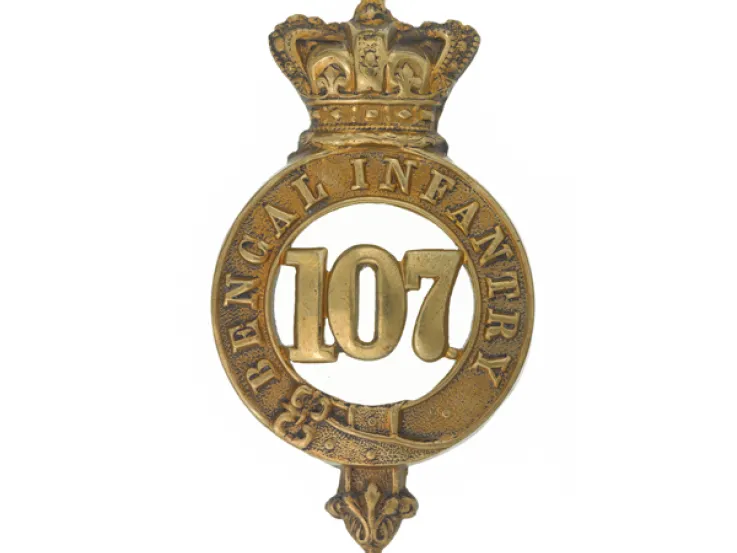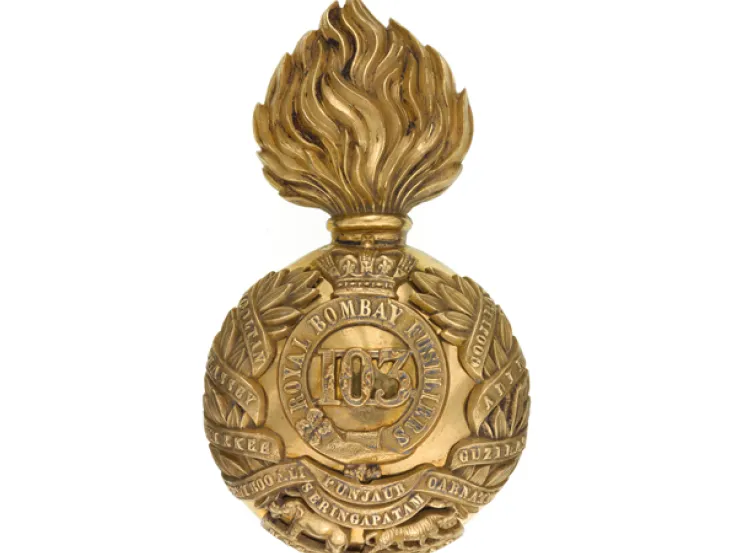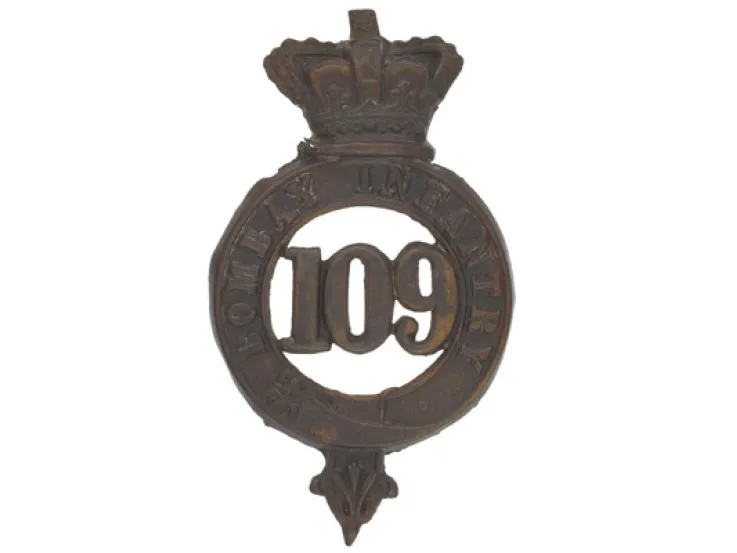Origins
This regiment traced its origins back to the 2nd Bombay Light Infantry (1788-96) and the 2nd Bombay Light Infantry (1824-29), two units of the East India Company’s army formed of non-Indian troops.
However, its direct antecedent was formed at Pune in 1839 as the 2nd Bombay (European) Regiment. It became a light infantry unit five years later, changing its title accordingly.
In 1844, the regiment helped put down a revolt in Kolhapur State. Then, in 1846, it was sent to garrison the new Company colony of Aden (now in Yemen), a vital port for ships bound for India and the Far East.
Deployments
It returned to India in 1848, remaining there until 1856, when it deployed to the Persian War (1856-57), fighting at Reshire (1856) and Khushab (1857) in what is now Iran. Soon after, the regiment returned to India for service during the Indian Mutiny (1857-59), where it helped keep order in the Bombay Presidency.
After the Mutiny, the 2nd Bombay (European) Light Infantry was transferred to British government control. In 1859, it dropped the ‘European’ from its name, and in 1862 it was given a position in the British Army order of precedence as the 106th Foot.
The regiment remained on garrison duty in India until 1873, when it landed in Britain for the first time. It was then sent to garrison Ireland in 1880.
Legacy
In 1881, it merged with another light infantry unit, the 68th Regiment of Foot, to form The Durham Light Infantry.
Regimental museums
The National Army Museum works with a network of Regimental and Corps Museums across the UK to help preserve and share the history and traditions of the Army and its soldiers.
Discover more about the 106th Regiment of Foot (Bombay Light Infantry) by visiting the Durham Light Infantry Collection Gallery at Palace Green Library in Durham and the Durham Light Infantry Collection Research and Study Centre in Spennymore.










